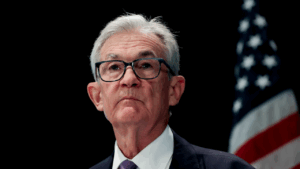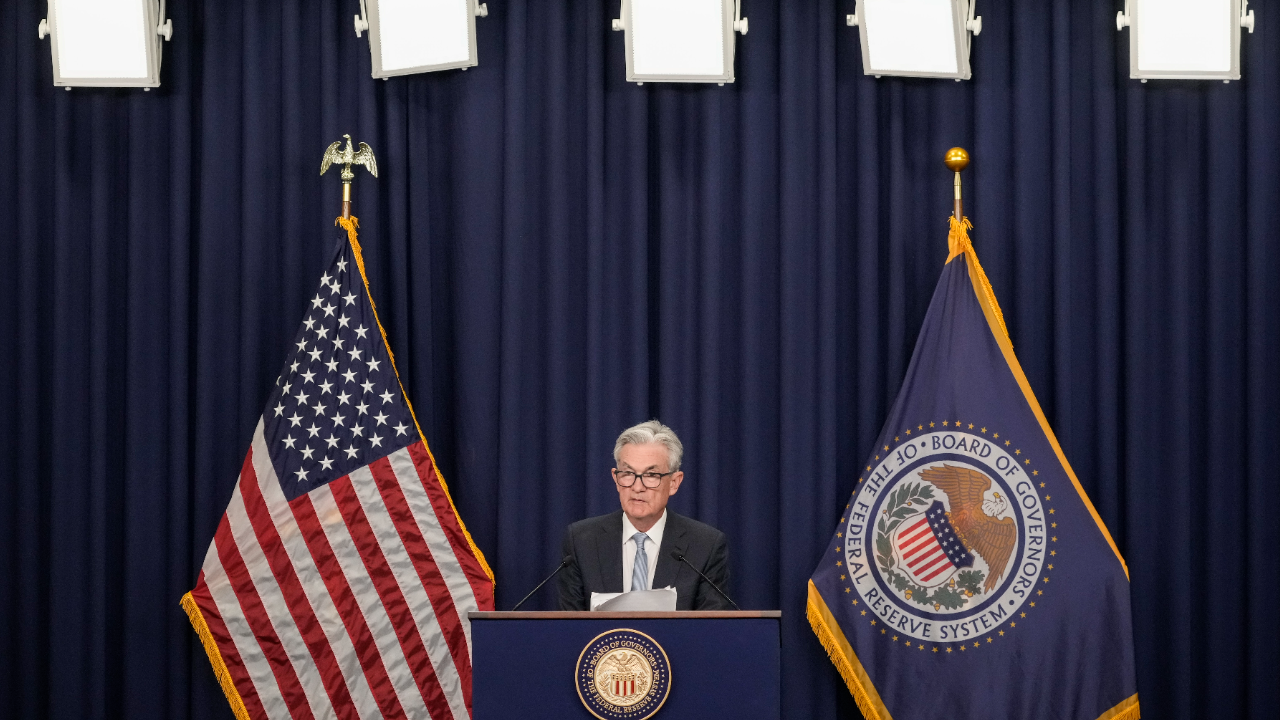Should you refinance your mortgage now, or wait for Fed cuts?

The average 30-year mortgage rate has steadily ticked downward in recent weeks, and the Federal Reserve is gearing up for a rate decision. If you’re a borrower with a higher-rate loan, that might mean you now have a path to refinance. Should you?
Who should think about refinancing now?
From mid-July to early September, the average 30-year mortgage rate has dropped from 6.81 percent to 6.55 percent, according to Bankrate data. That might not seem significant — unless you got your mortgage in the last two or three years, when rates were largely in the 7s. At today’s lower rates, you might be able to save money by refinancing, especially if you’re not that far into repaying a 30-year loan.
“If you can shave off half a point to three-quarters of a point off your current rate, it’s worth looking into it,” says Greg McBride, CFA, former chief financial analyst for Bankrate.
Should you wait for mortgage rates to drop more?
There’s no sure answer about the direction of mortgage rates, and forecasts constantly change. As of now, they could stay relatively stable.
“As we continue to navigate today’s economic environment, there is always the potential for rates to drop yet over the coming months, but we’re expecting rates to remain consistent with the last 12 months,” says John Hummel, executive vice president and head of Retail Home Lending for U.S. Bank.
Yet with the buzz around a possible Fed cut, it’s tempting to want to hold out for a potentially even better deal. That could be a mistake.
“Grab the savings now while you can,” McBride says. “There’s no guarantee that rates will drop further.”
Take the September 2024 Fed cut, for example. Bankrate’s average 30-year mortgage rate retreated in the weeks leading up to the central bank’s decision, down to as low as 6.2 percent. Following the cut announcement, that average started to rise, reaching 7.19 percent by January 2025.
If you’re struggling with deciding when to refinance, a mortgage loan officer could help you determine the best time to act.
“Be in regular contact with a trusted financial advisor or mortgage loan originator who can help you understand a strike rate where it makes sense to refinance,” Hummel says.
How much money could you save by refinancing now?
Our mortgage refinance breakeven calculator can help you estimate exactly when you’ll recoup the costs of refinancing. Here’s an example, assuming a borrower with a 30-year fixed-rate loan who decides to do a 30-year refinance after five years. This example also assumes $2,000 in closing costs.
| Loan amount | $303,280 |
| Current interest rate | 7.12% |
| Current monthly payment | $2,042 |
| Interest rate after refinancing | 6.50% |
| New monthly payment | $1,807 |
| Breakeven point | 9 months |
| Monthly payment savings | $235 |
| Note: These monthly payments include loan principal and interest payments, not insurance or taxes. |
Keep in mind: Refinancing isn’t free. If you’re concerned about dealing with the upfront expenses, you might consider a no-closing-cost refinance.
“These aren’t actually free,” McBride says. “You’ll pay with a slightly higher rate. However, even that higher rate could still represent significant savings.”
Forgoing those upfront costs now might also make it easier to justify another refinance down the road. If rates fall by another full point in the next few years, for instance, you could wind up replacing your mortgage again to score even more savings.
There isn’t a hard limit to how many times you can refinance a mortgage, but you’ll need to wait out a “seasoning” period, typically at least six months from the time you closed the loan.
Remember, too, closing costs can vary considerably according to your location, loan amount and the lender you choose. Always compare at least three refinance offers to understand what you qualify for and find the lowest possible rate.
Why we ask for feedback Your feedback helps us improve our content and services. It takes less than a minute to complete.
Your responses are anonymous and will only be used for improving our website.






